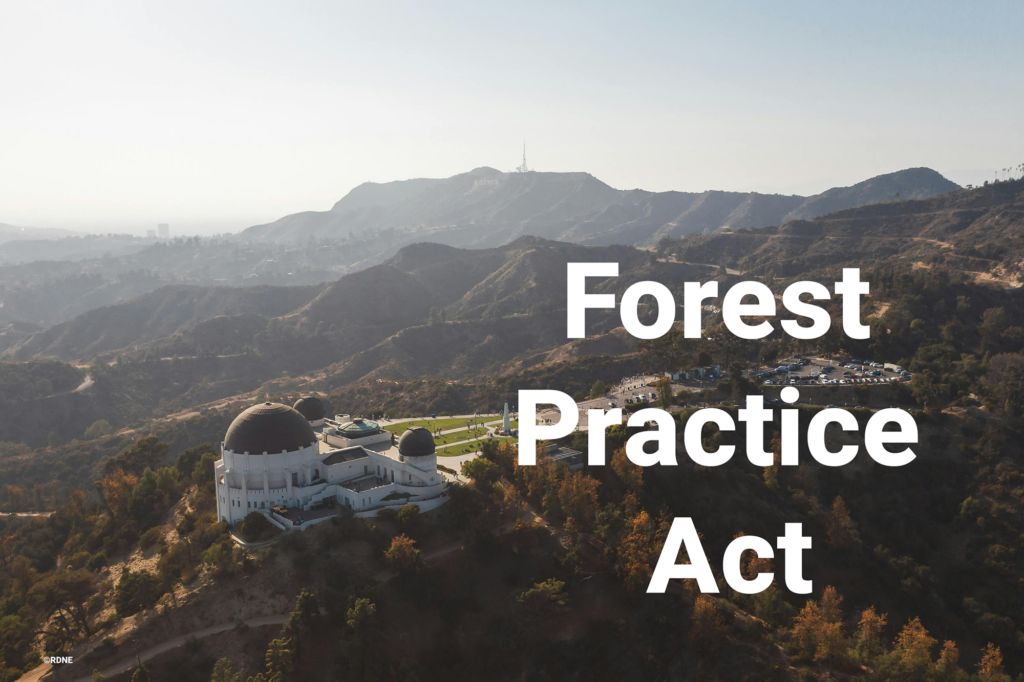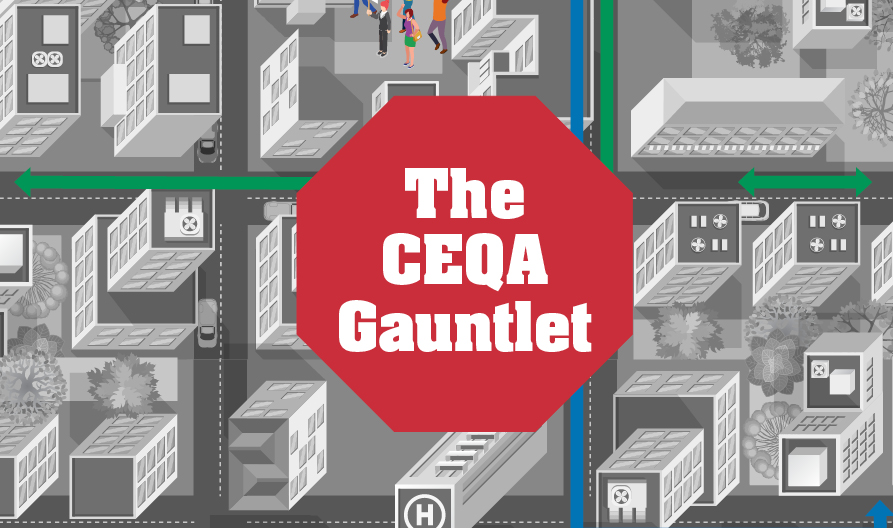Time to pursue emergency reforms to battle wildfires
by Daniel M. Kolkey | January 15, 2025
Editor’s note: This article is adapted from the Pacific Research Institute’s 2021 book, “Saving California.” We’re reprinting this in the wake of the devastating Southern California wildfires, as its policy prescriptions provide a blueprint for moving forward.
Droughts are not a new experience for California. Even when California became a state in 1850, it was suffering from a drought that lasted until 1861. More than 87 years ago, it suffered one of its longest droughts, which lasted seven years from 1928-1934. But recent climate changes have increased the threat of drought and wild fires.
As the Legislative Analyst’s Office observes, “Climate scientists project that climate change will contribute to hotter weather and longer dry seasons in California than was previously typical,” which, in turn, “negatively affect forest health and increase wildfire risks.” There is no question that the three droughts since 2000 have been particularly deadly for California wildfires. Dead timber, dry brush and kindling, awaiting fires’ fury, built up for the perfect firestorms.
Thus, in 2017, Californians suffered the seventh largest fire (the Thomas Fire) since reliable record keeping in 1932, plus the Nuns Fire, the Atlas Fire and the Tubbs Fire, which crossed a six-lane freeway into northern Santa Rosa to become one of the state’s most destructive wildfires in terms of buildings burned. The next year saw the 2018 Mendocino Complex Fire, which burned 459,123 acres, the Camp Fire (destroying the town of Paradise) and the Woolsey Fire (burning 1,643 structures). But 2020 witnessed five of the 10 largest wildfires in California in modern times.
Ironically, these wildfires undermined California’s climate-change policies. Devastating fires not only reduce the role that California’s forests play as a “sink” to sequester carbon emissions from the atmosphere, but they also neutralize the benefits of the state’s carbon emission reductions. For instance, the fires in 2018 released more than 45 million metric tons of carbon dioxide into the atmosphere, producing more than nine times more emissions than were reduced in 2017, according to a report by Beacon Economics for the Next 10 think tank.
Because California’s government cannot rely on its climate-change goals to control California’s increased wildfire risk, it must implement and fund new policies to expedite the thinning of forests and the removal of dead timber and brush from its millions of acres of forests. This can be done through new techniques, new legislative initiatives, and if necessary, the governor’s emergency powers.
The state must encourage fire-resistance measures near wildland-urban interfaces and strengthen the state’s aging energy grid, which has sparked wildfires. As an initial matter, more and sustained funding will be necessary to support efforts to thin millions of acres of forests and remove dead timber and dry brush upon which fires prey at an alarmingly rapid rate.
Fortunately, there is an existing fund that should be dedicated to addressing the consequences of climate change: California’s Greenhouse Gas Reduction Fund, which is funded by the sale of carbon credits as part of California’s climate-change policy. Yet, according to the LAO, 68% of the funds in Greenhouse Gas Reduction Fund during the 2020-2021 budget cycle went to a grab bag of projects other than addressing the consequences of climate change.
For instance, the state allocated $499 million to the High Speed Rail Authority, $399 million to “affordable housing and sustainable communities,” $200 million to “transit and intercity rail capital,” another $100 million to “transit operations,” and only $200 million to “healthy and resilient forests,” which would include prescribed burns to thin forests.
Thinning Unhealthy Forests Decades of fire suppression have resulted in dense forests that include small trees, dead timber and brush, which in arid climates can serve as “ladder fuels” that carry flames to the trees’ canopies and spread.


Yet, despite the benefits of forest thinning, the U.S. Forest Service only oversaw controlled burns of 44,000 acres in California in 2020, and the total amount of land subject to controlled burns in California averaged only 125,000 acres a year – a small fraction of the 15 million acres of California forest in need of restoration. Thinning California’s forests will not be easy. California has 33 million acres of forest.
More significantly, there is no overall strategy for addressing the wildfire risk. California also imposes many legal hurdles that delay and thwart effective action for thinning forests. Consider the following: The California Environmental Quality Act (CEQA) and Z’berg Nejedly Forest Practice Act require environmental impact reports for state projects that manage forest lands. At least two to three approvals are needed for a controlled burn on California state lands – an air permit, a smoke management plan from the California Air Resources Board or an air pollution district, and, occasionally, approval from CAL FIRE.
The Forest Practice Act (the principal regulatory framework for the management of non-federal forest lands in California) requires approval by CAL FIRE of a Timber Harvesting Plan before the majority of forest management projects can be pursued, which includes the “cutting or removal, or both, of timber.” That Timber Harvesting Plan must be reviewed by four agencies – CAL FIRE, the Department of Fish and Wildlife, the Regional Water Quality Control Board, and the California Geological Survey.
The LAO notes that the rules governing the Forest Practice Act make forest management “prohibitively expensive” for many “small, private landowners, even with an incentive program. This entire process is too bureaucratic and slow to address our current, urgent needs to mitigate the wildfire risk.
The governor should exercise his emergency powers to reduce the wildfire peril in those areas where the need is greatest. The governor is authorized to declare a state of emergency based on conditions “of extreme peril to the safety of persons and property,” such as fire or drought, which, by reason of their magnitude, are likely beyond the control of any single county or city. During a state of emergency, the governor may suspend any regulatory statute, which would include parts of the Forest Practice Act and CEQA, in order to expedite protective measures.
Daniel M. Kolkey, an attorney, is a former associate justice of the California Court of Appeal, former counsel to California Governor Pete Wilson, and a member of the board of directors for Pacific Research Institute.
